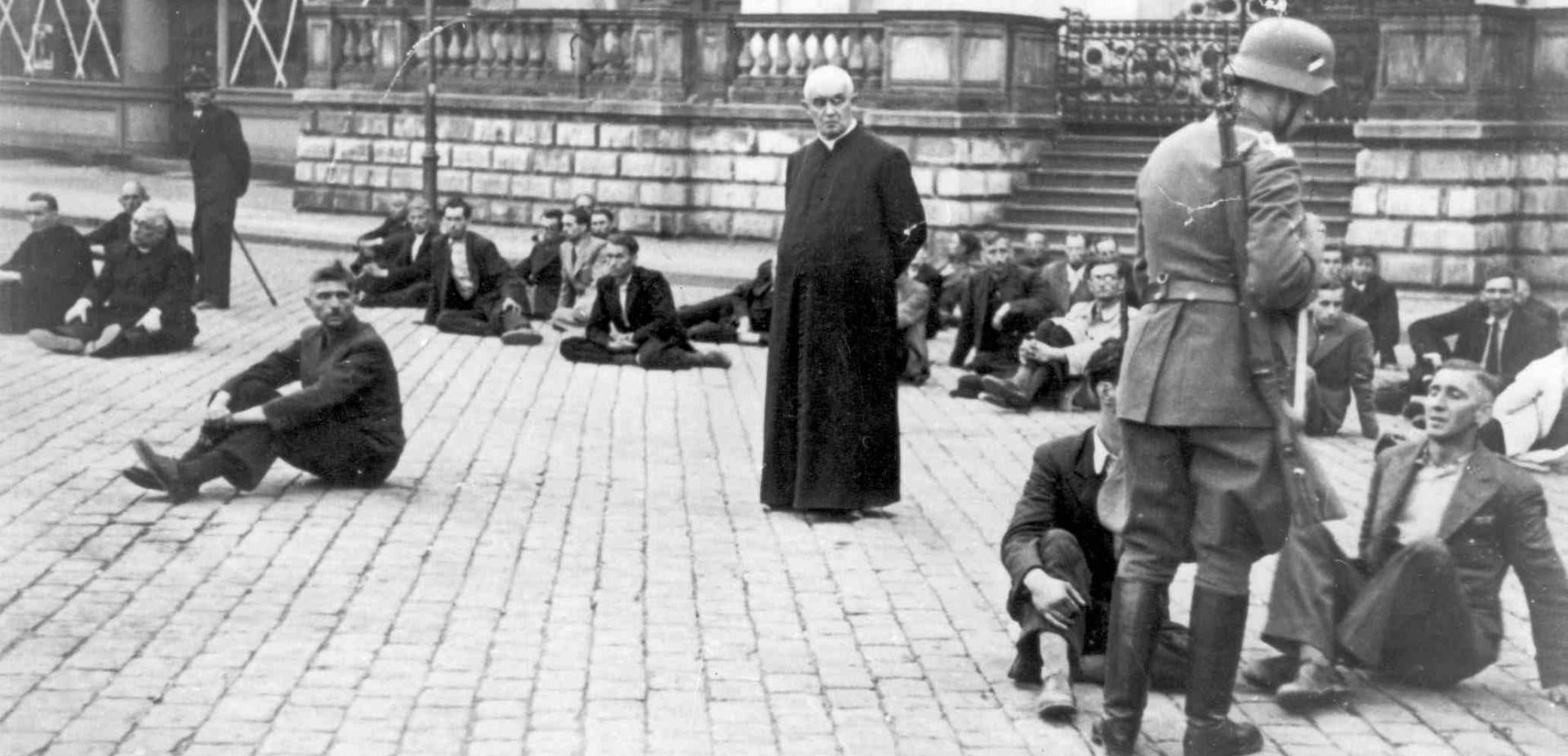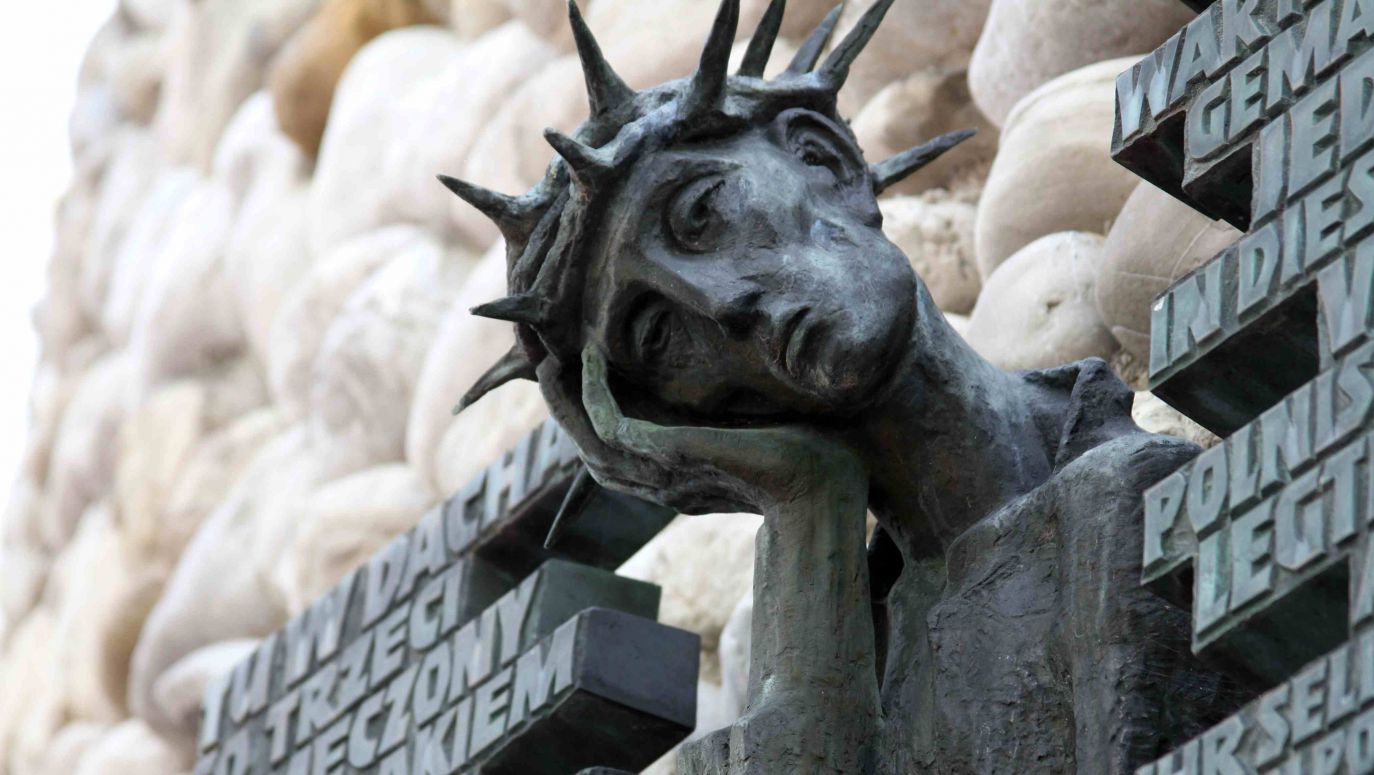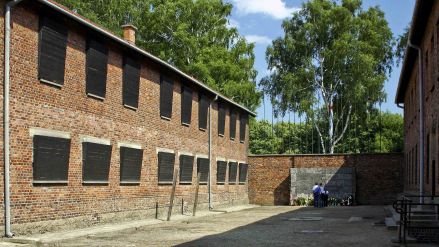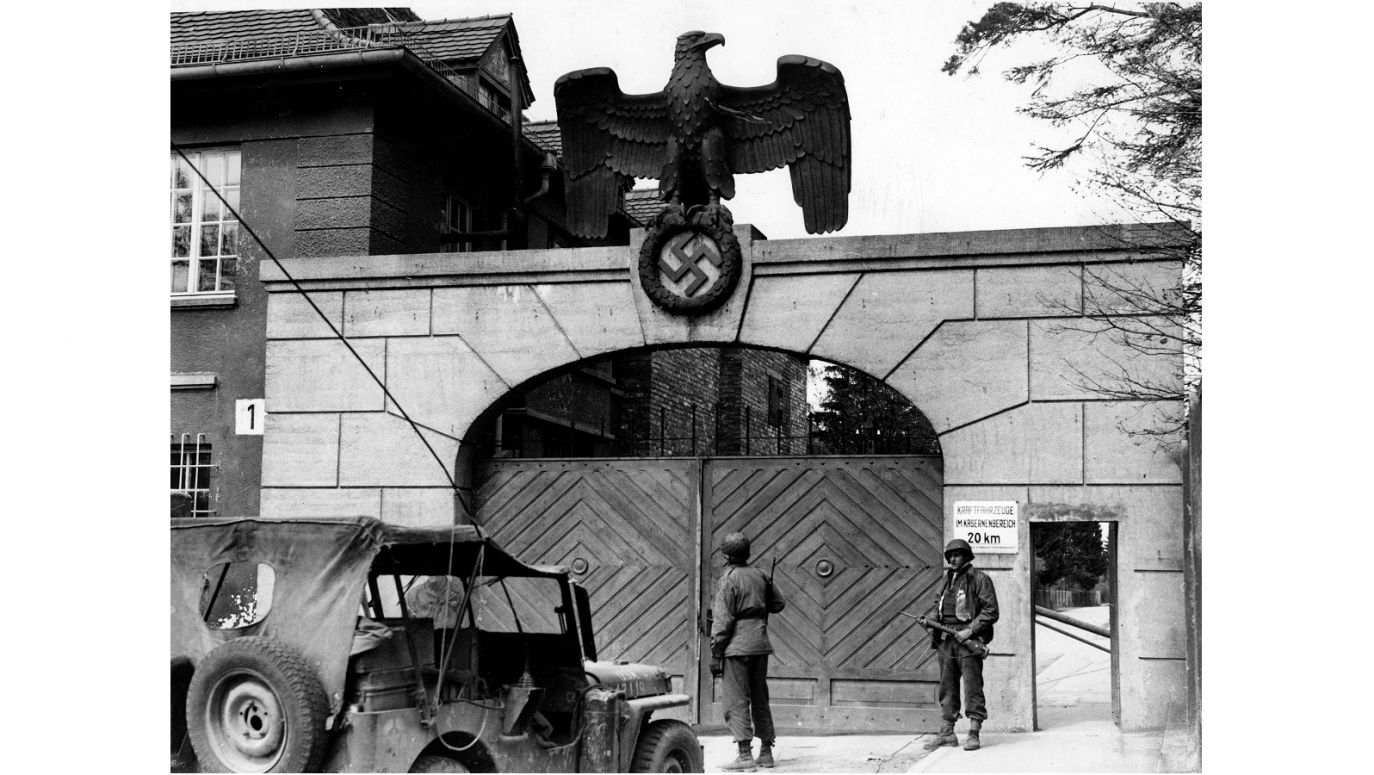KL Dachau was liberated relatively late and, according to the prisoners, by a miracle. The prisoners had already been sentenced to death, and in addition there were piles of 7,500 corpses in the camp. Prisoners reiterated the news that in connection with Heinrich Himmler’s order of April 14, 1945, the entire camp was to be destroyed and the prisoners murdered. Priests said prayers – a novena for the intercession of St. Joseph from the Miraculous Image in Kalisz, and on April 22 they vowed to make a pilgrimage to Kalisz in gratitude for the liberation they had been praying for. There was a rumor that on April 29 in the evening the camp was to be destroyed and the prisoners murdered.
And on Sunday, April 29, at 5:25 p.m., a small detachment of General George Patton’s 7th Army arrived at the camp.
Caution
In 1970, on the 25th anniversary of the liberation of the camp, priests who were former Dachau prisoners founded the Chapel of Gratitude and Martyrdom in the Kalisz sanctuary and established the Museum and Archives, where documents and objects from their camp years were collected. The last witnesses are no longer alive, but in the sanctuary of St. Joseph in Kalisz, their vows are still remembered.
– As every year, on April 29, we will gather in the Basilica of St. Joseph, to commemorate the extraordinary liberation of priests from the Dachau camp through the intercession of St. Joseph. We want to take up their commitment made by St. Joseph. We want to remember the martyred priests and ask the patron saint that the priests be ready to profess their faith bravely, just like their predecessors – Bishop of Kalisz Damian Bryl told the Polish Catholic Information Agency.
This year, the celebrations will be preceded by a two-day, third edition of the Congress of the 108 Blessed Martyrs of World War II, organized for the first time in the Diocese of Kalisz, after Gdańsk and Frombork – the organizer is the Pomorskie Stowarzyszenie Wspólna Europa [Pomeranian Association “Common Europe”] from Gdańsk.
Is the Congress of the 108 Blessed Martyrs of World War II the right forum to raise the issue of commemorating all Poles at the KL Dachau Museum with a plaque in Polish, like those commemorating the martyrdom of representatives of other nations in five languages? Efforts have been made for years, but strangely enough, the International Dachau Committee does not have “ the time” to deal with it – although apparently the management of the KL Dachau Museum would not mind such a plaque. The matter is too serious to be reduced to a simple question: “what is this about again?”. Will some kind of diplomatic “banging the table with one’s fist” be sufficient, or is a different kind of pressure needed? Perhaps the International Auschwitz Committee should intervene, since other activities are ignored?
Last year, the case of an entry in the guest book by prof. Piotr Gliński, who was denied the possibility of such an entry by the management of the KL Dachau Museum – and yet, it has appeared. The Polish minister wrote on April 29, 2022:
“The experience of KL Dachau was to be a warning to all of us that the atrocities committed here by the Germans would never be repeated. It is especially painful today, when bombs are exploding again in Europe and the Russian aggressor is killing defenseless civilians in Ukraine”.
And that’s precisely what it’s all about: that the experience of KL Dachau or KL Auschwitz-Birkenau and other memorial sites were and are to be a warning to us all. If such places are not a warning, then what will be? And with whose consent?
– Barbara Sulek-Kowalska
– Translated by Dominik Szczęsny-Kostanecki
TVP WEEKLY. Editorial team and jornalists

 SIGN UP TO OUR PAGE
SIGN UP TO OUR PAGE








